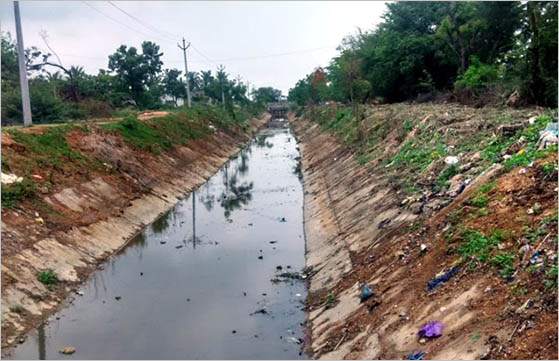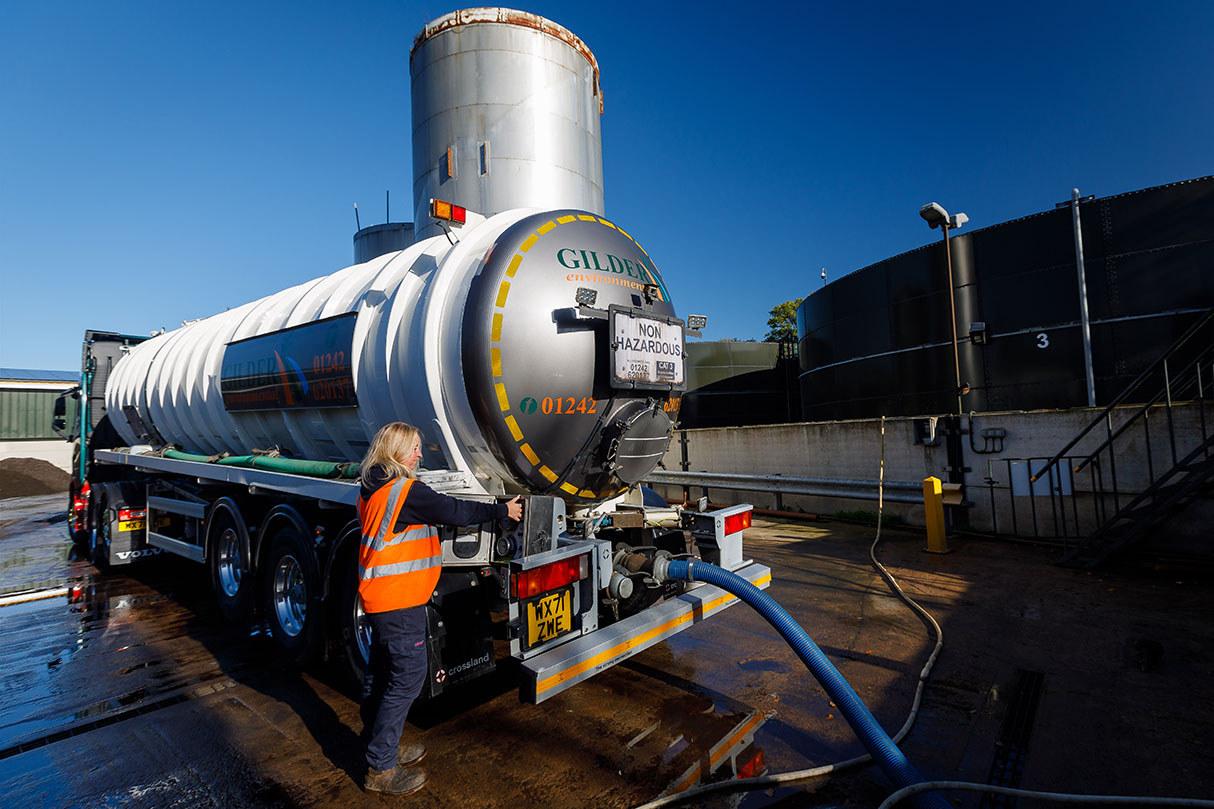Innovative Industrial Wastewater Treatment Solutions: Shielding the Environment
Innovative Industrial Wastewater Treatment Solutions: Shielding the Environment
Blog Article
Just How Liquid Waste Disposal Works: A Detailed Summary of Techniques and Technologies Employed

Introduction of Fluid Waste Types
The intricacy of fluid waste types requires a thorough understanding of their qualities and ramifications for disposal. Fluid waste can extensively be classified right into several types, consisting of industrial, metropolitan, farming, and hazardous waste. Each classification exhibits distinctive residential or commercial properties, needing particular management techniques to reduce environmental and wellness dangers.
Industrial fluid waste originates from making procedures and usually includes an array of pollutants, such as heavy metals, solvents, and natural substances. Metropolitan fluid waste, mostly consisting of wastewater from households and business facilities, contains raw material, nutrients, and pathogens (industrial wastewater treatment). Agricultural liquid waste, consisting of drainage from ranches, might contain fertilizers, pesticides, and animal waste, posing risks to water quality and ecosystems
Unsafe liquid waste is identified by its poisoning, reactivity, or possible to trigger damage. This group consists of materials like acids, bases, and specific chemicals that necessitate strict handling and disposal methods. Understanding these varied liquid waste types is crucial for creating reliable disposal techniques and making sure conformity with ecological policies. Correct classification and characterization are essential for carrying out appropriate treatment techniques and lessening the unfavorable effect on public health and wellness and the atmosphere.
Physical Therapy Approaches

Screening is the preliminary step, where bigger particles and debris are eliminated from the liquid waste making use of displays or grates. In sedimentation storage tanks, heavier bits work out at the bottom, developing a sludge layer, while the clarified fluid can be further treated.
Filtering is another vital technique that entails passing the liquid through porous materials, such as sand or membranes, to catch smaller bits. This step enhances the high quality of the liquid, making it suitable for succeeding treatment procedures.

Chemical Therapy Strategies
Chemical treatment techniques are important for properly handling fluid waste, particularly in dealing with liquified and colloidal pollutants that physical approaches might not adequately remove. These techniques make use of numerous chemical representatives to neutralize, precipitate, or change dangerous substances right into much less dangerous types.
One usual approach is coagulation and flocculation, where chemicals such as alum or ferric chloride are added to advertise the aggregation of suspended bits. This procedure enhances sedimentation, permitting much easier removal of the resulting sludge. In addition, oxidation processes, employing agents like chlorine or ozone, are used to break down complex natural compounds and microorganisms, making the waste safer for discharge or further treatment.
Neutralization is an additional crucial technique, which readjusts the pH of acidic or alkaline waste streams to neutral degrees, preventing potential damage to downstream systems and the environment. In addition, advanced oxidation procedures (AOPs) use mixes of oxidants and ultraviolet light to deteriorate relentless toxins, attaining a higher degree of treatment performance.
Organic Treatment Procedures
Organic treatment procedures play a critical role in the management of liquid waste by making use of bacteria to decay raw material and decrease read the article pollutant degrees. These procedures can be extensively classified right into aerobic and anaerobic treatments, each employing particular microbial neighborhoods to achieve reliable waste destruction.
Cardiovascular therapy involves the use of oxygen to facilitate the breakdown of organic products by microorganisms. This procedure is generally executed in triggered sludge systems, where aeration storage tanks give a favorable environment for microbial growth, causing the oxidation of natural contaminants. The resultant biomass can be divided from dealt with effluent via sedimentation.
In comparison, anaerobic therapy occurs in the lack of oxygen, counting on different germs to damage down organic matter. This approach is specifically advantageous for high-strength waste, as it produces biogas, a renewable resource resource, while lowering sludge production. Technologies such as anaerobic digesters are frequently employed in metropolitan and industrial applications.
Both cardiovascular and anaerobic organic therapies not only decrease the environmental impact of fluid waste yet additionally assist in resource recovery, making them necessary parts of sustainable waste monitoring techniques. Their versatility, efficiency, and performance support their extensive application across different sectors.
Arising Technologies in Disposal
Ingenious techniques to fluid waste disposal are swiftly developing, driven by improvements in modern technology and a raising focus on sustainability. Among these arising innovations, membrane layer bioreactors (MBRs) have actually gained traction for their ability to combine organic treatment with membrane filtration, causing high-grade effluent that can be recycled in numerous applications. MBRs allow smaller sized footprints and a lot more reliable procedures contrasted to standard systems.
Another appealing growth is the use of anaerobic food digestion combined with nutrient recovery modern technologies, which not only treats liquid waste see it here but additionally creates biogas and recoups valuable nutrients like nitrogen and phosphorus. This dual benefit enhances source performance and lowers environmental influence.
Furthermore, progressed oxidation procedures (AOPs) are being taken on for the destruction of complex organic contaminants. These techniques use effective oxidants and catalysts to damage down contaminants at the molecular level, using a very reliable solution for challenging waste streams.
Furthermore, the integration of man-made knowledge and artificial intelligence in waste management systems is enhancing functional performance and predictive maintenance, causing lowered expenses and improved ecological compliance. These technologies mirror a substantial change towards even more lasting and reliable liquid garbage disposal practices.
Verdict
In conclusion, efficient fluid waste disposal necessitates a comprehensive understanding of numerous strategies and modern technologies. By continually advancing these approaches, it comes to be feasible to attend to the growing obstacles associated with liquid waste, ultimately adding to environmental protection and source healing.
Fluid waste disposal is an important aspect of ecological monitoring, requiring an extensive understanding of different strategies and innovations tailored to various waste types. Fluid waste can extensively be classified into a number of kinds, including industrial, local, agricultural, and unsafe waste. Agricultural fluid waste, consisting of runoff from farms, might contain fertilizers, pesticides, and animal waste, posturing risks to water quality and ecological communities.
Different physical treatment techniques play a crucial function in taking care of liquid waste efficiently - industrial wastewater treatment.In verdict, reliable liquid waste disposal look at here now demands a detailed understanding of numerous strategies and technologies
Report this page